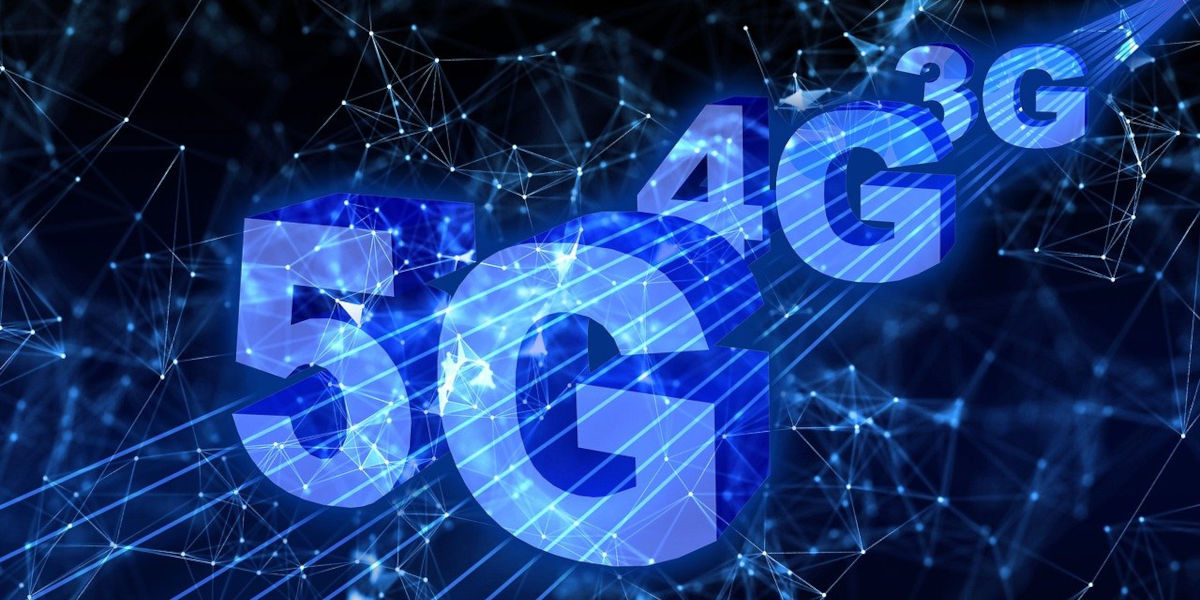Imagine living in a world where download speeds are lightning-fast, communication is nearly instantaneous, and data-driven technologies like AI and IoT operate with unprecedented efficiency and sophistication. That's not some far-off, idealistic future - that's the reality of 5G connectivity, the next generation of cellular technology that's poised to revolutionize our digital landscape.
The Revolutionary Benefits of 5G Connectivity
There is a tremendous buzz around the potential benefits of 5G connectivity - and for good reason. This unique technology promises to drastically improve our world by empowering new industries, shaping innovative technologies, and enhancing how we communicate and interact with the digital world. But how does 5G achieve these lofty goals? What makes 5G so distinctly influential in its potential?
The Technical Backbone: How Does 5G Technology Work?
At its core, 5G technology operates by using higher radio frequencies that are less cluttered, to deliver more capacity and faster wireless access. Different to its predecessors, 5G uses a system of cell sites that divide their territory into sectors and send encoded data through radio waves. Notably, these cell sites are connected to an extensive network backbone through wired connections.
When we talk about 5G connections, we're referring to a combination of cutting-edge technologies working seamlessly together. It incorporates advancements such as Massive MIMO, an acronym for (Multiple Input Multiple Output) - where traditional base stations are replaced with arrays that have multiple elements or connections, which can be controlled individually. This helps in shaping distinct radio waves that are directed towards users rather than at large.
Moreover, 5G makes use of Beamforming, an impressive feature that directs antennas to focus a signal in any direction, rather than broadcasting in various directions. The purpose of Beamforming is essentially to increase the reliability and efficiency of signals, helping to bolster the strength of 5G wireless networks.
Another standout feature of 5G technology is the implementation of network slicing. In a nutshell, network slicing involves creating separate 'slices' or partitions of a network to serve specific uses or applications. This empowers a more customizability and control over network behavior, enhancing both reliability and efficiency.
It's clear that 5G's technological backbone sets it apart from previous iterations of cellular technology. However, this increased speed and versatility leads to a broad spectrum of appealing benefits, both for individuals and various industries. Let's delve into these exciting advantages.
With the implementation of 5G, wireless connectivity has taken a quantum leap forward into the next generation. This technological revolution promises a new era of speed and efficiency that far outperforms its 4G predecessor. The improvements with 5G are substantial and confer profound advantages in various sectors.
But what does this transition truly entail and how will it change the world as we know it? Imagine a reality where autonomous vehicles, remote surgeries, and interconnected smart homes are the norm. These enticing prospects are coming into being, thanks to the ground-breaking possibilities brought forth by the 5G technology.
Incredible Speed and Efficiency
One of the most impressive attributes of 5G connectivity is its remarkable speed. Compared to 4G, 5G is expected to deliver up to 100 times faster speed. This means downloading high-quality videos in seconds rather than minutes, and enjoying seamless streaming without any buffering. The dramatically enhanced speed of 5G, coupled with its low latency, marks a considerable stride in efficiency and productivity.
Updates and downloads that were once a cumbersome task will now be done in a snap, saving valuable time. Businesses can transfer large volumes of data instantaneous, giving them the edge in today's fast-paced commercial landscape. The efficiency of 5G extends beyond individuals and businesses, pointing the way for smart cities, where traffic management, utility services, and environmental monitoring can all be synchronized seamlessly.
Revolutionizing Industries
In the healthcare sector, 5G is set to bring significant transformation. Real-time remote patient monitoring could become a norm rather than an exception, enhancing the quality of healthcare services. The advent of 5G technology will also pave the way for telemedicine and remote surgeries, where a surgeon, miles away from the patient, can perform intricate procedures with minute precision.
The manufacturing industry also stands to reap substantial benefits from 5G. The high speed and low latency of 5G will enable faster and more efficient factory automation, potentially reshaping the manufacturing floor. Down the line, the adoption of 5G would revolutionize logistics and supply chain management with real-time tracking and automation.
Ensuring Secure and Reliable Connectivity
Apart from superior speed and efficiency, 5G technology ensures much higher reliability and security compared to 4G. Built on a software-based infrastructure, 5G provides highly secure end-to-end communication. Additionally, it offers robust connectivity that is less prone to outages, making it a reliable choice in mission-critical applications that demand continuous connectivity.
Indeed, the dawn of 5G heralds a new era of wireless connectivity. With its tremendous speed, efficiency, and reliability, it unlocks a plethora of possibilities, revolutionizing industries and transforming societies. Leveraging 5G technology, we are not just staying connected; we are stepping into the future.




